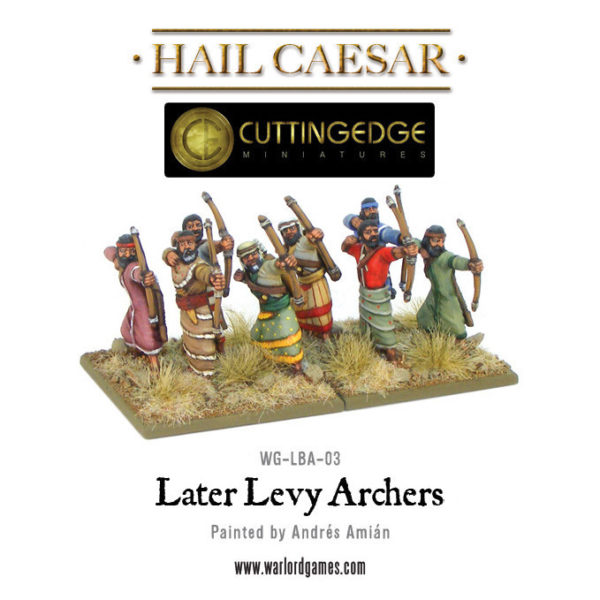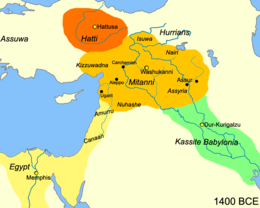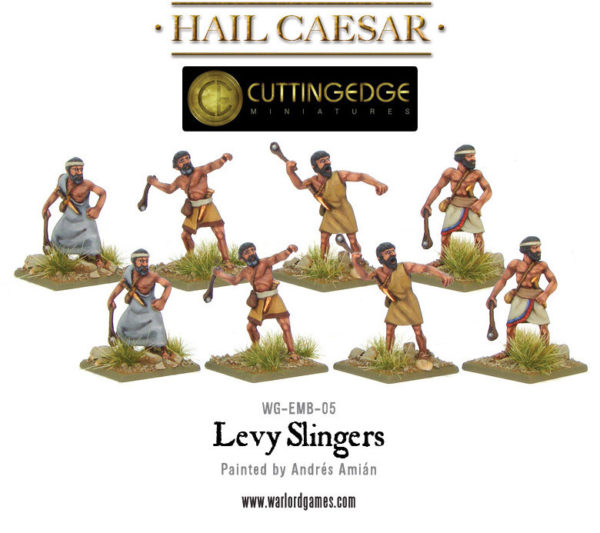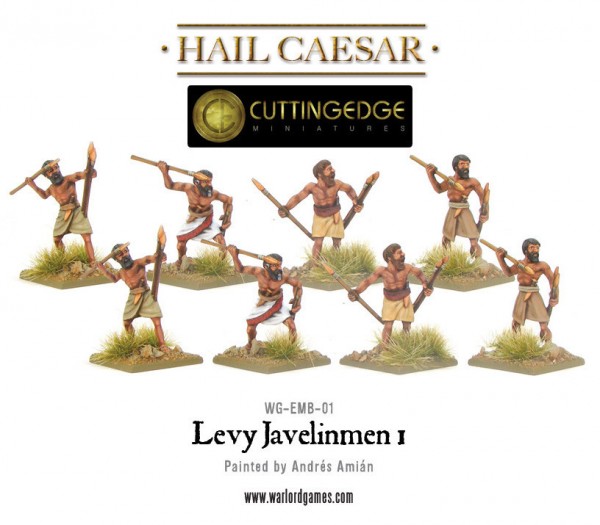
Most people will know at least something of the ancient Egyptians: will have heard of the pyramids at least, and will probably recognise the name of Tutankhamun. Thanks to the efforts of dramatic TV reconstructions the Pharaoh Akhenaten and the story of the Amarna period will strike a chord with anyone who has the slightest interested in the lives of the ancients.
The Assyrians too are a familiar name, renowned for coming down like a wolf on the fold, and practically everyone will associate them with the Old Testament even if Lord Byron’s efforts should escape their attention. An enduring image of Assyrian armies can be seen by anyone who chooses to visit the British Museum, and the names of such cities as Nineveh and Assur are likely to be recognised, even if placing them on a map may elude your average man in the street.
When it comes to Hittites we are on shakier ground, and although the name itself may be familiar from the Bible thanks to such eponymous notables as Uriah, the relationship between the Biblical Hittites and the Hittite Empire of the late Bronze Age is a remote and uncertain one. However, those who take an interest in ancient history will certainly know something of the Hittites’ story, and thanks to numerous official letters preserved in clay and written in cuneiform, it is a story that has been revealed by scholars for the benefit of even the casual reader.
These three great powers of the ancient world – and of the ancient late bronze age of roughly 1500-1000 BC – present us with histories of dynasties, of wars, and of diplomatic relationships as well as of peoples, their cultures and gods.
The Empire of Mitanni
When it comes to the empire of Mitanni almost none of this is true.
Only those who have a particular interest in the history of the ancient near east, or of wargaming it, are likely to even recognise the name of what was once the equal of the three great powers of Egypt, Assyria and the Hittites – and briefly the greatest of them all.
Even this name is one amongst several employed to describe the kingdom, others being Hanigalbat (the usual Assyrian designation) and Maryannu or Nahrin (both words used by the Egyptians) and the Hurri (as the Hittites referred to these people). King Tushratta, whose words are preserved amongst the Armarna letters, refers to himself as King of Mitanni and to his land as Hanigalbat. In later times, Hanigalbat became the name of an Assyrian province situated in the east of what had once been Mitannian territory. Nevertheless, modern historians and ancient wargamers alike will usually refer to this brief flowering of empire as Mitanni.
I say ‘brief’ – but to put things into context – Mitanni stood as a powerful and independent kingdom for about two hundred years from just before 1500 BC to roughly 1325BC. Mitannian power therefore endured for about as long as the British Empire, almost as long as the United States has existed and certainly longer than the current Pax Americana of the present day. The passage of time easily blurs our perspective of power – lacking a modern inheritor of Mitannian culture or language, theirs was an empire which can all too easily be dismissed as irrelevant.
Needless to say, this was not the view of Mitanni’s foes at the time – foes that included the Egyptian Pharoah Thutmose III who led his armies against Mitannian aligned states in Syria before crossing the Euphrates and waging war against Mitanni itself. The Hittites and Mitanni were great rivals who fought for control over the cities of Syria and the numerous client kingdoms of the Levant. During these wars the kings of Mitanni allied themselves with the Pharoahs of Egypt against their common enemy. At its greatest extent the Mitannian empire stretched from Cilicia in eastern Anatolia to the Zagros Mountains, and from the Taurus Mountains in the north as far as Ugarit in what is now northwest Syria.

This map shows the Mitannian Empire at about 1400BC when the empire was at its greatest extent.
The heartland of Mitanni was the Khabur River Valley, which lies between the Tigris and Euphrates in northern Mesopotamia. The chief of their cities were Taite and Washukanni. The precise whereabouts of these cities is not known and their location in northern Syria is unlikely to see much archaeological activity in the near future. This part of northern Mesopotamia together with the mountainous region to the north were dominated by a people called the Hurrians. The Hurrians probably moved southwards into the area during the preceding Middle Bronze Age c. 2000BC onwards. The Hurrian language is neither Indo-European nor Semitic, but probably a native tongue of the south Caucasus, the only other related language is that of the Uratians who lived in same area during the following Iron Age.
For a while the Hurrians, and their language, spread widely throughout the northern near east. Many Hurrian terms for chariots, horse management, types of armour, and chariot borne warriors were adopted into other languages, and this has led some to presume that it was the Hurrians who introduced this form of warfare – or at least a modern form of it – into the Near East. This certainly would explain something of the rise to power of the Hurrian Kingdom of Mitanni. However, its worth remembering that Hurrians spread beyond the boundaries of the Mitannian Empire, whilst Mitanni encompassed regions inhabited by numerous Semitic peoples, including Assyria in the east and places such as Aleppo and Carchemish in the west.
The most surprising aspect of Mitanni is that it was not ruled by Hurrians at all, but by a warrior aristocracy speaking an entirely different language, whose personal names, and whose gods most closely resemble those of the Indo-Aryan branch of Indo-European. What appear to be Vedic Sanskrit words appear in the names of Mitanni Kings and even in the name for a chariot-warrior – marya. An important text of the Hittite archives concerns a Hurrian horse-trainer of Mitanni called Kikkuli. Kikkuli employs numerous Mitannian terms that correspond closely to Vedic Sanskrit, and goes on to explain what they mean in Hittite, suggesting that they were new and unknown concepts to the Hittites at the time (about 1400BC). Whilst we cannot know for sure, it is not unreasonable to imagine a conquering elite of Vedic warriors who came from the northeast and carved out the kingdom of Mitanni from amongst its native Hurrian population. This warrior elite brought an advanced form of chariot based warfare, as well as their gods and Indo-Aryan language. Overtime this small elite merged with the majority Hurrians, various specialised words of their tongue survived, but eventually even their kings adopted the language of the local population.

The power of Mitanni was considerably weakened in the mid 1300’s by what appears to have been a dynastic struggle between the young king Tushratta and a rival called Artatarma. As a result the kingdom was divided. Assyria reasserted its independence in the east, and in the west the Hittites seized upon their old rival’s weakness. Tushratta defeated the Hittite king Suppiluliuma initially, but eventually the Hittites prevailed, capturing and sacking Washukanni and installing their own men to rule over the Syrian cities that had previously been subject to the Mitanni. Following his death, Tushratta’s son and successor, Shattiwaza became a mere vassal of the Hittite king. Meanwhile Artatarma became a vassel of the resurgent Assyrians under their king Asur-uballit. If Mitanni’s Egyptian allies attempted to intervene we know nothing of it – but it unlikely they would have done so during the uncertain reigns of Akhenaten and Tutankhamun. It was the end of Mitanni as a great power.

When it comes to representing the armies of Mitanni there is little to distinguish the warrior maryannu of Mitanni from their contemporaries throughout Mesopotamia, Syria and Canaan. Indeed, it may well be that it was the Mitannians who introduced the arms and equipment of the fighting chariot to the region, so we would expect to see a degree of conformity in all armies of the time. Scale and lamellar armour first appears in the near east in the Hurrian lands as early as the 1600’s BC, and derivatives of the Hurrian term sharyani appear in Egyptian, Akkadian, Hitttite, Hebrew and Arabic. A particularly complete form of scale armour, covering the wearer from head to toe, was referred to as the ‘armour of Hanigalbat’ in the Nuzi texts (an archive of cuneiform dating to the 14th and 15thC BC discovered at Nuzi – a Hurrian city situated to the southwest of modern Kirkuk.) The same texts describe how the armour is made of 500 large bronze scales covering the body, 500 smaller scales forming long sleeves, and 200 small scales making up the helmet. A typical feature of armour of this period is a high bronze collar called a tikku. Somwewhat lighter and less extensive armour, lacking the long coat and sleeves, was known as the ‘armour of Arrapha’.
Both sorts of armour would belong to the elite amongst the chariot-borne nobility, the majority of charioteers would have worn a scaled corselet that covered the chest and back, and a simple bronze helmet known as a gurpisu siparri – a type that came to be seen throughout the near east. Such warriors would sometimes substitute leather for bronze in their armour and helmets, and not all would have the benefit of the tikku collar. However, the principle weapon of the chariot warrior was the same for all, a powerful composite bow that was manufactured in state armouries together with vast quantities of arrows.
